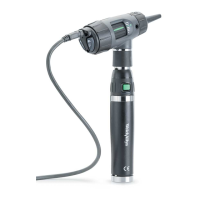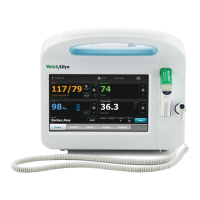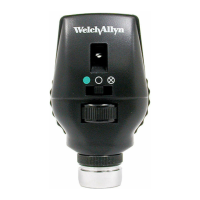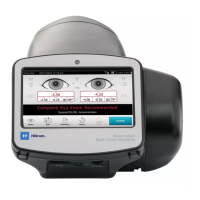Appendix A
A-31
Obtaining a Valid Tympanogram
Tympanometric results, although accurate and objective, do require careful
interpretation in conjunction with the patient’s overall clinical condition.
In addition, there are conditions which can cause artifact such that a
tympanogram is uninterpretable, or which artificially flatten the tympanogram.
These conditions are described in more detail below.
If too much artifact is noted, or if a flat tympanogram is considered suspect,
it is recommended that the tympanometric measurement be repeated.
Indeed, it maybe good clinical practice to repeat all clinical measurements
whenever possible.
Tympanometry in Young Infants
Research from the 1980s suggests that tympanometry should not be per-
formed on infants aged six months or younger. More recent research sug-
gests that it is appropriate to use 226 Hz tympanometry (e.g., MicroTymp2)
on infants as young as four months of age (Holte, 1990 and 1991).
Conditions Which Cause Too Much Artifact
Artifact is generally caused by either patient or practitioner movement.
See Figure 26. During the brief seconds when tympanometric measure-
ments are obtained, it is important that the practitioner’s hand is steady,
and that the patient does not vocalize, talk, chew gum, yawn, cry, or make
any other similar movements. While this can be difficult with very young
children, it is now more achievable than ever with the tremendous speed
of MicroTymp2 tympanometry.
Figure 26 – Too Much Artifact

